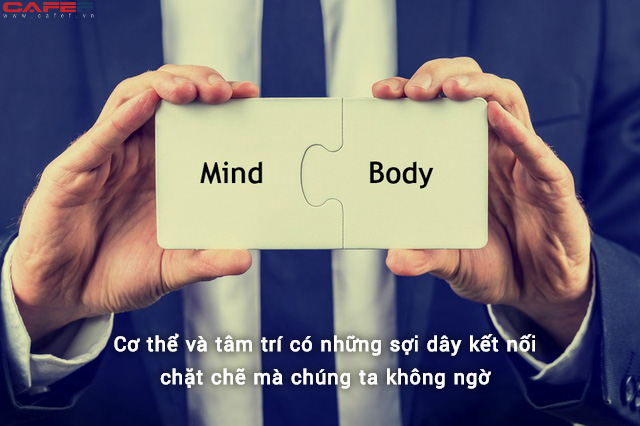Love is nature's design of keeping the human species alive and reproducing. Research have proven that hormones govern the transformation of couples from being lovestruck to being in love forever.
A woman's smile may just be a simple smile. But deep inside, a cocktail of hormones is conniving to start the lovely process of reproduction. A woman's smile is a sign of hormones at work.
According to research, when a woman sees a man, or even just an image of a man, her smile muscle becomes more active. The hormone progesterone is responsible for this effect. This is nature's way of increasing the chances of intimacy. Furthermore, the same hormone starts to prepare the womb for a possible pregnancy.
Helen Fisher of Rutgers University, US has proposed that there are three stages of love - lust, attraction and attachment, with each stage driven by different hormones.
LUST: Attraction on the spot
This is the first stage of love and is driven by the sex hormones testosterone and estrogen. These hormones governs physical attraction on the spot. Thus, explaining the famous line "Love at first sight."
ATTRACTION: Reason behind courtship
The second stage of love is attraction. This is the time when couples are truly love-struck and can think of little else. Research propose that the neurotransmitters - adrenaline, cortisol, dopamine, and serotonin - are involved in this stage.
Adrenalin and cortisol activate stress response. This creates the charming effect that when couples unexpectedly bump into each other, they start to sweat, their hearts beat faster and their mouths go dry.
Meanwhile, dopamine stimulates "desire and reward" by triggering an intense rush of pleasure. With dopamine, couples often show increased energy, less need for sleep or food, focused attention and exquisite delight in smallest details of the new relationship.
Serotonin, being the most widespread neurotransmitters in the body, is perceived as one of the most important love chemicals. It explains why thoughts of each other keeps popping into their minds. It makes couples want to stay together to enter the next stage of love, which is attachment.
ATTACHMENT: The long-term, sexually-engaged bond
In this stage, oxytocin and vasopressin play the major part. Oxytocin, or the cuddle hormone, is a powerful hormone released by couples during sex - orgasm to be exact. The hormone increases the feelings of attachment and makes couples feel much closer to one another. Thus, the more sex they have, the greater the bond they create. Vasopressin is perceived to be the monogamy chemical. This hormone is responsible for the couples intentions in life-long exclusive mating. This is the hormone that promotes devotion to each other.
We may believe that we are choosing our destiny. But the truth is that we are victims of nature's lovely plan.
Article Source: http://EzineArticles.com/?expert=Mahal_Bohol_Rosel
Source: Ezine






